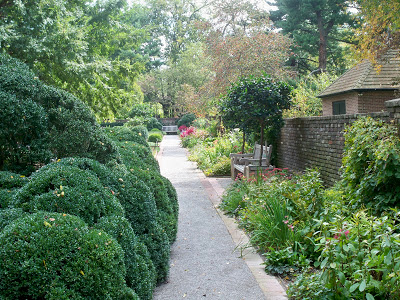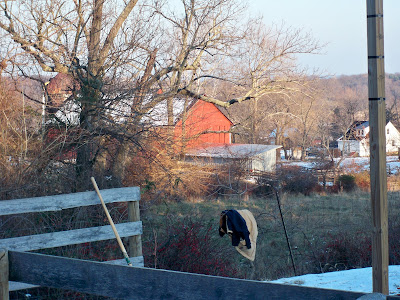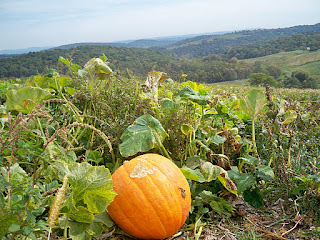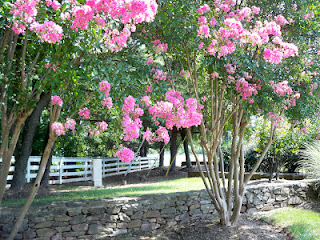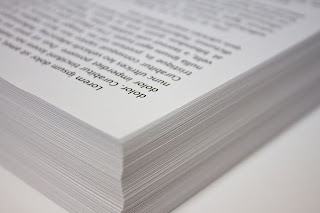Something to Say
“People like to ask me if writing can be taught, and I say yes. I can
teach you how to write a
better sentence, how to write dialogue, maybe even how to construct a
plot. But I can’t teach you how to have something to say,” says writer Ann Patchett, quoted in yesterday’s “Writer’s Almanac.”
Ahh, the ever elusive something to say. Seems self-evident, but of course is not.
Maybe the something to say is buried and must be excavated, shovel by shovel, until you hit pay dirt. Or hiding and must be tamed like a shy bird. Or blocked by a gate to which there is no key.
How many times have I sat with fingers poised above a keyboard — or even with fingers flying only to realize 500 words later that these words are going nowhere.
“What do you want to say?” is the question.
Too often, I don’t have an answer.
